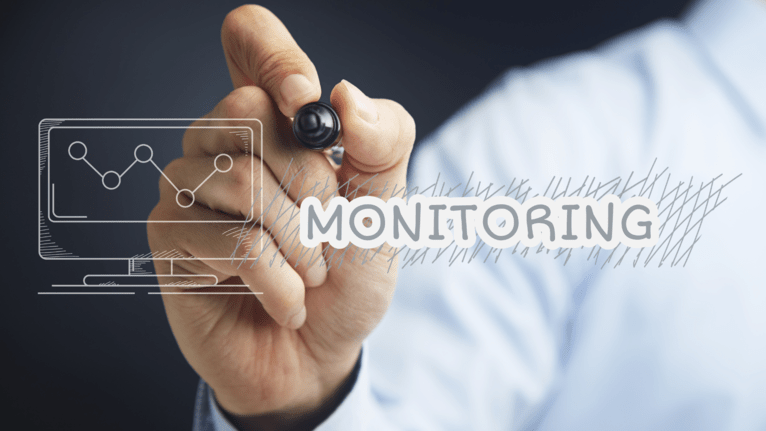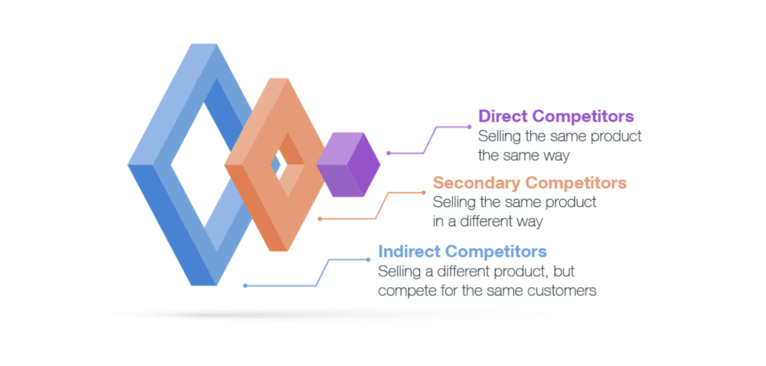Competitor Monitoring
Competitor monitoring means monitoring, identifying, and evaluating the landscape of your competitors. The business landscape can get highly competitive. In this context, brands must embrace change. Ignoring or underestimating competition might cost your brand in terms of sales, reputation, etc.
That is exactly why brands should see monitoring competitors as part of their marketing and business strategy.
Contents
What is the goal of competitor monitoring
Competitive monitoring may be compared to a window into your brand’s niche as a whole. This permits you to identify how the market advances and see what is new around your business.
Monitor competitors imply much more than simple research on their social media platforms. It is not enough to check their websites and consult competitors’ pricing.
Competition monitoring has the primary goal of keeping or placing the business above your competitors. For more advanced insights and broader coverage, many businesses turn to dedicated tools that offer deeper analytics and real-time data. BrandMentions is often considered a strong tool among similar platforms—an effective solution in its own right and even a strong Sprinklr alternative. It provides comprehensive brand monitoring, and competitor analysis features that help businesses stay one step ahead.

Benefits of tracking and analyzing the competition:
- Learn from their success and improve marketing campaigns and strategies accordingly
- Identify the strengths and weaknesses of competitors and use this information to your business advantage.
- Obtain data and hints about the future marketing plans of your competitors
- Identify and understand market gaps and find ways to fill those
- Gain information about the competition in a short time
- Increase sales
Checking competitors’ actions also help you to develop new services and new products.
How to monitor your competitors
You know now why you need to monitor and check competitors. But first things first - you need to know how to identify them. There are different categories of competitors your should monitor:
- Direct competitors
Businesses are direct competitors when they offer the same services or sell the same products in the same way.

Source: https://www.wixanswers.com/
- Secondary competitors
Businesses become secondary competitors when they offer the same services or sell the same products but in a different way.
- Indirect competitors
Indirect competitors are businesses that sell different products or offer different services, but they compete for the same target audience or potential customers.
For a better understanding of your competitors, brands need to be informed about what their competitors are up to.
The number of competitors you monitor depends on your time and budget. But most competitors monitoring tools marketers use have plans starting from a reasonable price in a wide pricing range that allows users to monitor more companies.
In addition to this, your competition can be:
- Your Established competition
- Newly entered businesses in your industry
What should be monitored?
When deciding to monitor your competitors, you should check the following:
- Marketing strategy
Using monitoring tools will help to identify your competitors’ marketing campaigns and create a strong marketing strategy for your brand. This ultimately helps to boost your company’s performance.
- Pricing strategy
Prices charged by competitors for the product are a significant influence on your business.
For example, competitors may choose a price broadly in line with those in the industry, which means they use the going rate pricing.
On the other hand, they can apply the destroyer pricing strategy, meaning they will cut prices.
- Social media presence
In the digital marketing era, brands’ social media presence is a big deal, helping businesses to monitor current and future strategies, as well as notice how they communicate with their target audience.
What are competitor monitoring tools?
Tracking tools focus on monitoring mentions of your brand across the Internet - on social media platforms, websites, etc. One of the most frequently asked questions regarding competitor monitoring is what you can learn from it. Competitor analysis helps your brand to stay on top of the competition in your industry.

Data generated by monitoring tools can be used to create innovative marketing campaigns, market research, and analyze your competitors.
Taking into consideration the strengths and weaknesses of competitors brands can adapt their marketing and pricing strategies.
Competition analysis is helpful on many levels: to stay on top of the market (and your competitors), but it helps you to get creative, and it offers you ideas. Information gathered from competitor analysis can be used by the marketing team (successful marketing campaigns), sales team (to increase sales), and PR department (to maintain a relevant social media presence for your brand).
References
Wixanswers, What is direct and indirect competition in business, https://www.wixanswers.com/post/direct-indirect-competition-business Similar Web Blog, Competitor Monitoring: How to Track Your Competitors Online, https://www.similarweb.com/corp/blog/marketing/marketing-strategy/competitive-monitoring/ Techopedia, What Does Competitive Monitoring Mean?, https://www.techopedia.com/definition/30314/competitive-monitoring